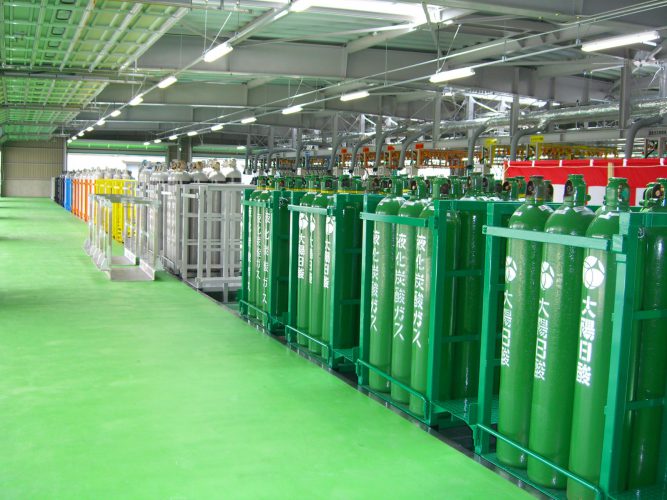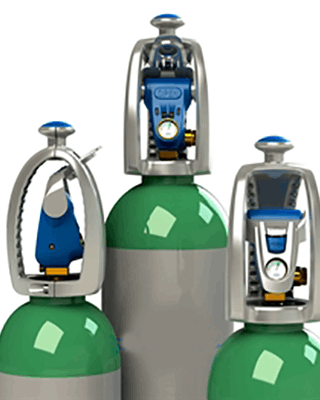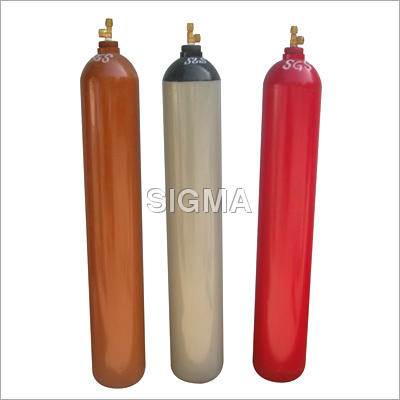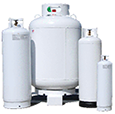
Propane is produced as a by-product of two other processes, natural gas processing and petroleum refining. The " prop-" root found in "propane" and names of other compounds with three-carbon chains was derived from " propionic acid", which in turn was named after the Greek words protos (meaning first) and pion (fat).ĭuring the COVID-19 pandemic, propane shortages were reported in the United States. In 2004, it was reported to be a growing $8-billion to $10-billion industry with over 15 billion US gallons (57,000,000 m 3) of propane being used annually in the U.S. had reached 7 billion US gallons (26,000,000 m 3) annually.

In 1950, 1,000 propane-fueled buses were ordered by the Chicago Transit Authority, and by 1958, sales in the U.S. homes had been equipped with either natural gas or propane for cooking. The year 1945 marked the first year that annual LP gas sales reached a billion gallons. Major industry developments in the 1930s included the introduction of railroad tank car transport, gas odorization, and the construction of local bottle-filling plants. In 1927, annual marketed LP gas production reached 1 million US gallons (3,800 m 3), and by 1935, the annual sales of LP gas had reached 56 million US gallons (210,000 m 3). The 1920s saw increased production of LP gas, with the first year of recorded production totaling 223,000 US gallons (840 m 3) in 1922. A separate method of producing LP gas through compression was developed by Frank Peterson and its patent granted on July 2, 1912. Snelling had produced relatively pure propane by 1911, and on March 25, 1913, his method of processing and producing LP gases was issued patent #1,056,845. Together, they established American Gasol Co., the first commercial marketer of propane. Peterson, Chester Kerr, and Arthur Kerr, developed ways to liquefy the LP gases during the refining of gasoline. It was during this time that Snelling, in cooperation with Frank P. On March 31, 1912, The New York Times reported on Snelling's work with liquefied gas, saying "a steel bottle will carry enough gas to light an ordinary home for three weeks". The volatility of these lighter hydrocarbons caused them to be known as "wild" because of the high vapor pressures of unrefined gasoline. Bureau of Mines highlighted it as a volatile component in gasoline in 1910, which was the beginning of the propane industry in the United States. It was found dissolved in Pennsylvanian light crude oil by Edmund Ronalds in 1864. Propane was discovered by the French chemist Marcellin Berthelot in 1857. Propane powers buses, forklifts, taxis, outboard boat motors, and ice resurfacing machines and is used for heat and cooking in recreational vehicles and campers.
#Purity cylinder gases portable#
Propane gas has become a popular choice for barbecues and portable stoves because its low −42 ☌ boiling point makes it vaporise inside pressurised liquid containers (2 phases). Propane has lower volumetric energy density, but higher gravimetric energy density and burns more cleanly than gasoline and coal. The others include butane, propylene, butadiene, butylene, isobutylene, and mixtures thereof.

Propane is one of a group of liquefied petroleum gases (LP gases).

Discovered in 1857 by the French chemist Marcellin Berthelot, it became commercially available in the US by 1911. A by-product of natural gas processing and petroleum refining, it is commonly used as a fuel in domestic and industrial applications and in low-emissions public transportation.

It is a gas at standard temperature and pressure, but compressible to a transportable liquid. Propane ( / ˈ p r oʊ p eɪ n/) is a three- carbon alkane with the molecular formula C 3H 8. This cylinder is fitted with an overfill prevention device (OPD) valve, as evidenced by the trilobular handwheel. A 20 lb ( 9.1 kg) steel propane cylinder.


 0 kommentar(er)
0 kommentar(er)
